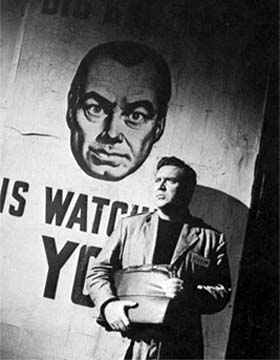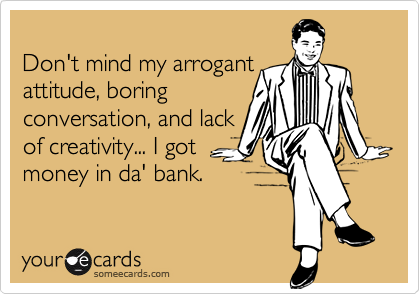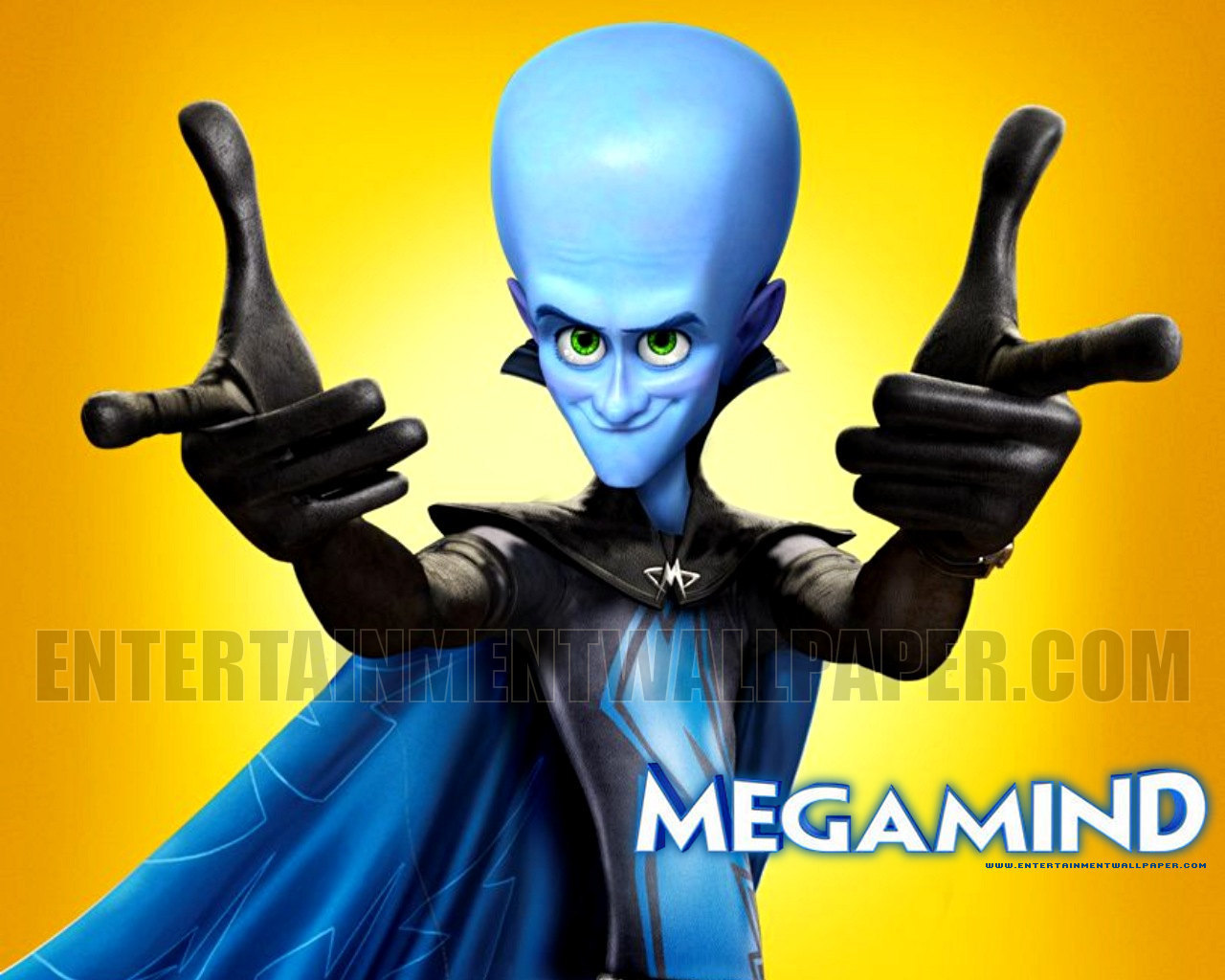Wait. Where's my main character?

Okay, so maybe it doesn't relate to the question at hand, but the question of who your character is is still an important one.
Well, this is a problem. You're missing the lifeblood of the story. In fact, you wonder how you were able to write such a good beginning without first having a main character. Obviously you must be a very skilled writer. Which is why you are obviously equal to the challenge of creating a main character.
So let's take a look at what makes a main character.
1. What's My Motivation?
When we were kids, our TV and book heroes were perfect. Nothing bad ever happened to them and they didn't have emotionally scarring pasts that motivated them to make the world better. They fought crime because they had time on their hands, and fighting crime was a cool thing to do.
If you're writing for children, then by all means, perpetuate this idea of what heroes should be like. Heaven knows they need better role models than adults.

Everyone knows that politicians are bad role models. And politicians are adults. Adults also fire, sue, slander, insult, degrade, filibuster, pass legislation, declare war on other countries, and worst of all, de-friend each other on Facebook. On the whole, adults are not good role models.
But if you're writing for an older audience, your main character probably needs a better motivation than that of boredom. They need a reason to exist, to resolve the conflict in the story. This is why we have literary tools like prophecies. When a character doesn't have a reason to do something, you can always throw a prophecy in there, and it's all good. For example:
"Link! You have to go rescue the Princess Zelda!"
"Why me?"
"I dunno. . . You have a pointy green hat and the prophecy says you have to, so I figured. . . . ."
"Oh. Well if the prophecy says so. . ."
Of course, there are plenty of good reasons for a main character to do what he/she does. Patrick Jane from The Mentalist is looking for revenge. Shawn Spencer from Psych is actually motivated by boredom. The members of the Fringe team out of Fringe are invested in trying to protect the general populace from the horrors of rogue science. And in Lost. . . well, we still don't know what Lost was about.
The point is, the main character needs a reason to be doing what they're doing. Remember, if you can't come up with a valid motivation, then you can always throw a prophecy in there.
Courtesy of DarkML on deviantART

Remember, prophecies never fail. Redwall and Link are proof of this, though I'm pretty sure Link gets tired of rescuing the princess again. . . and again. . . and again. . . and again. . .
2. Personality
I'm sure you can guess why this is important. Personality dictates how your main character interacts with other characters, and determines the entire tone of the story. And unless you're George Orwell, you probably want people to like, or at least be emotionally invested, in your character.

1984 was a horrible book. I hated it. So did most of my AP Lit. class. Which is exactly why George Orwell's character Winston Smith is a perfect example of what not to make your character.
Personality differs depending on the character's background. Shawn Spencer out of Psych is a high-flying, amiable main character that takes everything way less seriously than it should be taken. Despite being incapable of holding down a job for more than two hours and lacking skills that would be applicable in any field but murder investigations and flirting with girls, he appeals to the audience with his sense of humor and his antics. He's a great main character.
Then you have awesome characters, like Patrick Jane from The Mentalist. Watch more than a few episodes, and you get the feeling that Jane is an irresponsible adult with a penchant for taking serious things (like homicide investigations) lightly, treating them as games or challenges. Okay, you ask: How is Jane any different from Shawn?

Shawn in a fun-loving guy that makes the best of things (even gruesome murders).

Jane acts like he's having fun, but you never quite know what's going on in his head. Perhaps the best part of his character is that he thinks like a serial killer, and you get this sense that if he wasn't working with the police, a serial killer he would be.
What makes him different, young writers, is the fact that Jane is a middle-aged man whose wife and daughter were murdered by a serial killer that only targets girls and women.
I like both The Mentalist and Psych, but both of them appeal to me for different reasons. Psych is a riot. It's the best thing to watch if you're having a bad day. The Mentalist, on the other hand, provides depth and meaning. Why is this? Because Shawn is funny, therefore Psych is funny. Jane is a cross between psychotic and genius, and he's looking for revenge, all while keeping up a carefree facade. Therefore, The Mentalist has depth.
Do you see the connection?
The personality of your character is important. It determines the tone of the story, and in part, defines what the story is about. For all intents and purposes, the main character is the story. And his/her personality determines the mood of the story, be it light-hearted or dark.
3. Past
A character's past is kinda important. I mean, it only shaped them into the person they are in your book, the person that's driving the action and fighting for the salvation of humanity. So with that said, giving a little thought to your character's past is a must for any good writer.
The amount of background you give your main character varies, depending on the character's age. If your character is 9, he or she probably isn't going to have a lot of backstory. 14-22, most likely a bit more backstory. 23-38, more backstory, and so on and so forth. The older your character is, the more experiences he or she's going to have had, so the more background information they'll have.

Nothing makes a character like a bad childhood. The most motivated characters are the ones that had bad childhoods.
Additionally, a bad childhood is always good material. The psychological and emotional damage creates amazing potential for great moments between characters. You'll notice that a good number of TV characters had bad childhoods, ranging from Olivia from Fringe to Agent Lisbon from The Mentalist. Both of these characters are driven, carry around baggage, and are guaranteed to have emotional meltdowns every two seasons or so. Their pasts also allow them to have great moments with other characters, and build relationships.
4. And a Last Note About Stereotypes
It's a fact. Stereotypes exist in writing. There's really no way to avoid it. A good writer, though, will put a new spin on an existing stereotype. And that's the key to giving your readers a character they can enjoy. It provides them with something familiar, while giving it a feel of novelty.
Since stereotypes are such a prevalent feature in writing and in literature, it's okay for your character to fall into one of those stereotypical categories. Of course, you want to avoid making your main character too stereotypical. Take, for example, James Cameron's Avatar. Who is the main character? A crippled soldier given the chance to shine. Not only have we seen this formula before, it has some glaring problems:
Everyone will agree that Avatar was a work of art. Unfortunately, the main character would make most respectable writers want to puke. The saving grace of this movie is the CGI and the exotically violent battle scenes.
1. No depth. At all. The guy is completely predictable. Because of that, I knew how the movie was going to end two and a half hours before it actually ended.
2. The main character was unsophisticated, rebellious. . . essentially a teenager in a blue body. This is a problem, because of the fact is that he's a twenty-something and should be far more mature, given the fact that he was disabled in war. Instead of being able to emotionally invest myself in this character, I found myself irked by the do-what-I-want-and-get-away-with-it attitude.
3. The movie was essentially a high-tech remake of Dances With Wolves. Look beneath the over-the-top CGI and the explosively epic battle scenes that make you want to bleed from the eyes, and you'll see Dances With Wolves. . . circa 2009. Sure, Cameron put a new spin on it. . . but it felt empty and far less meaningful than the original. Let's put it this way: Dances With Wolves is a home-grown dinner. It means something to you. On the other hand, Avatar is a pack of Ramen. A very shiny, eye-catching pack of Ramen, but still Ramen.
So to sum it up, don't invest too heavily in stereotypes. Cameron created a character he thought everybody would like by stereotyping him to your average everyday disabled twenty-something veteran. It worked; people liked him. But those of us hoping for a deep, engaging character were extremely disappointed. It's a lesson all young writers should take from Avatar: your characters can fall within stereotype categories, but adding a few unique details to give them an edge goes a long way.
So those are just a few tips on the basic details that make up a main character. Equipped with this knowledge, you're now ready to craft that deep, engaging character so deserving of the awesome beginning you've already written.
On a different note, I find it quite saddening that Halloween has fallen victim to one of the greatest of predators.

Halloween falls on a Monday this year. -_-
Happy Halloween!






